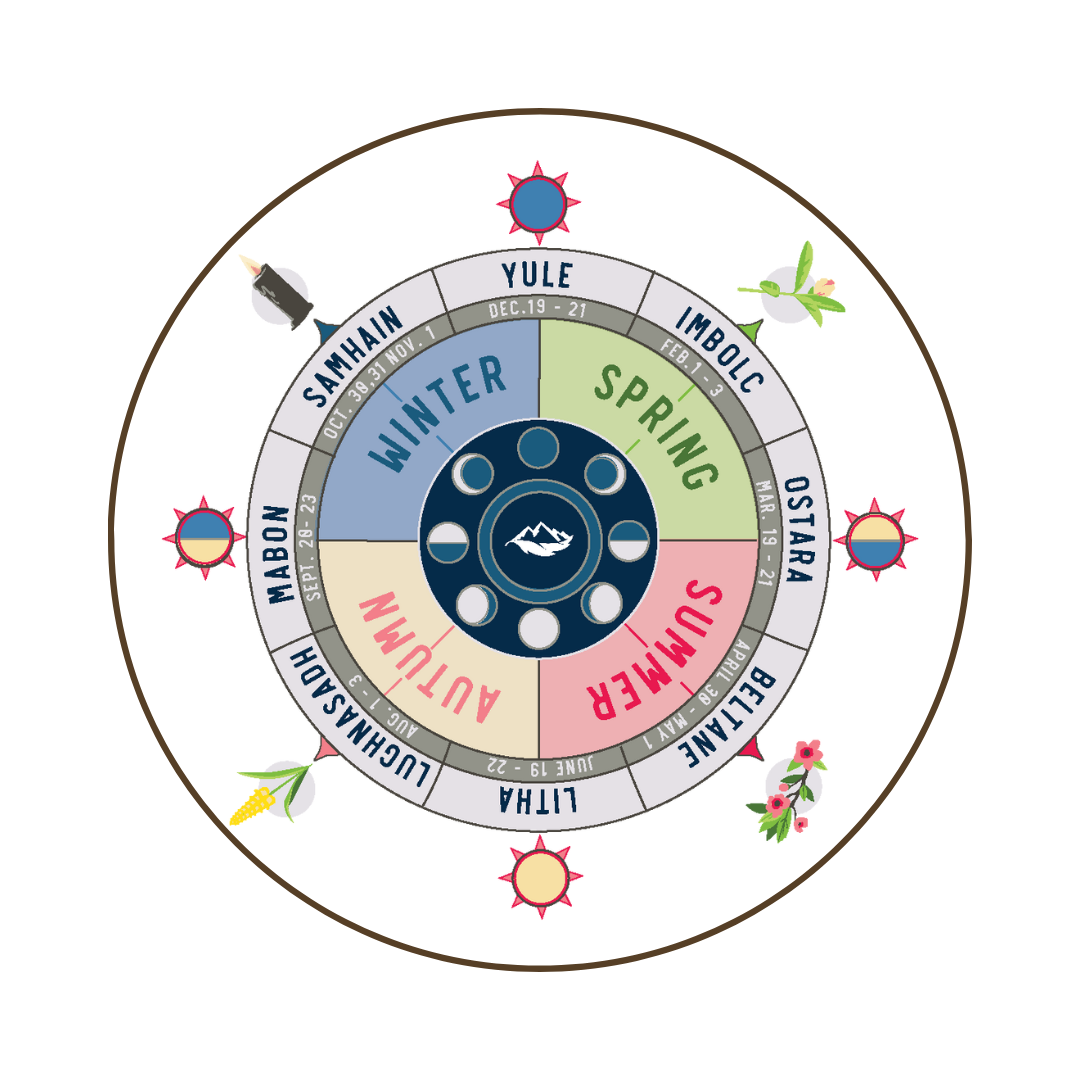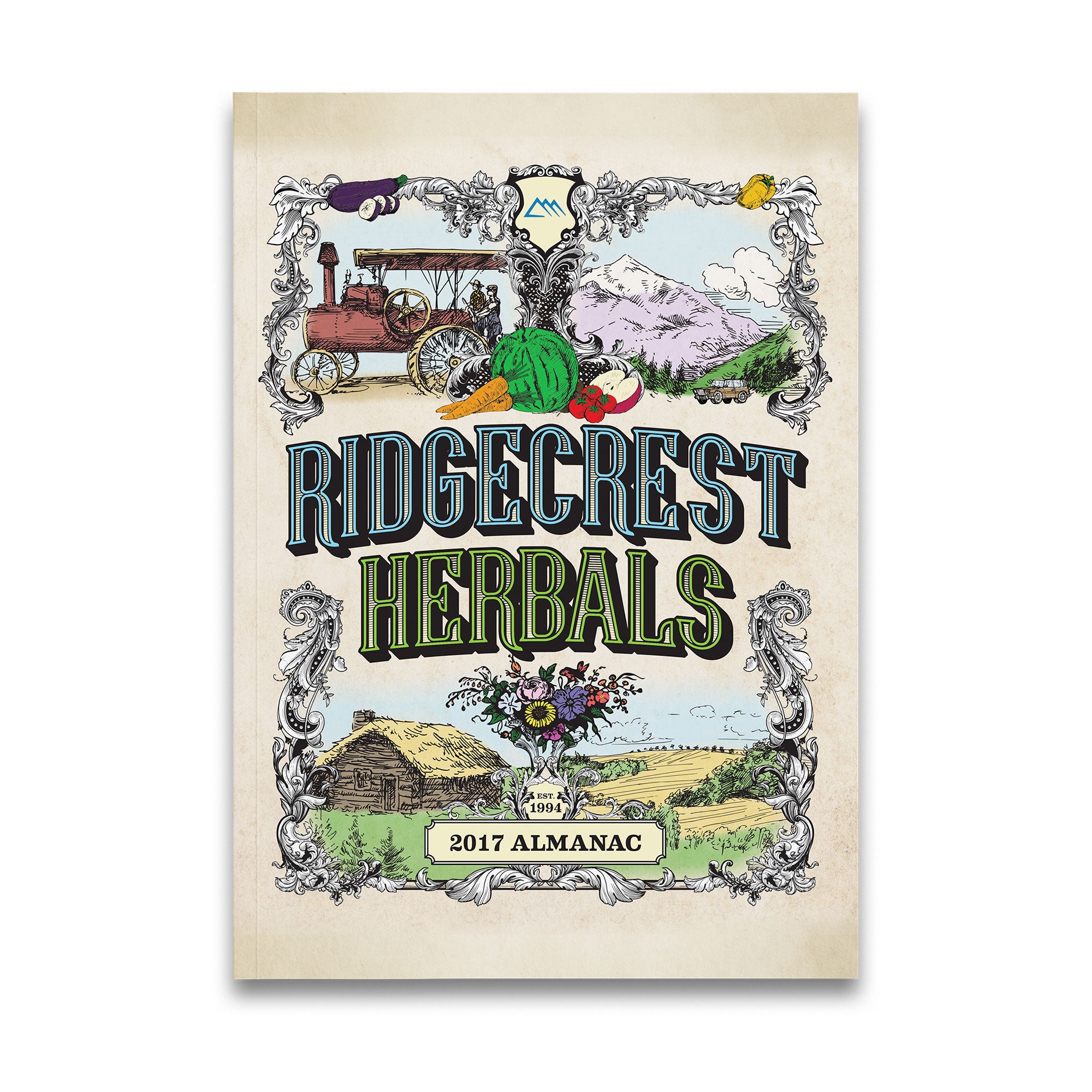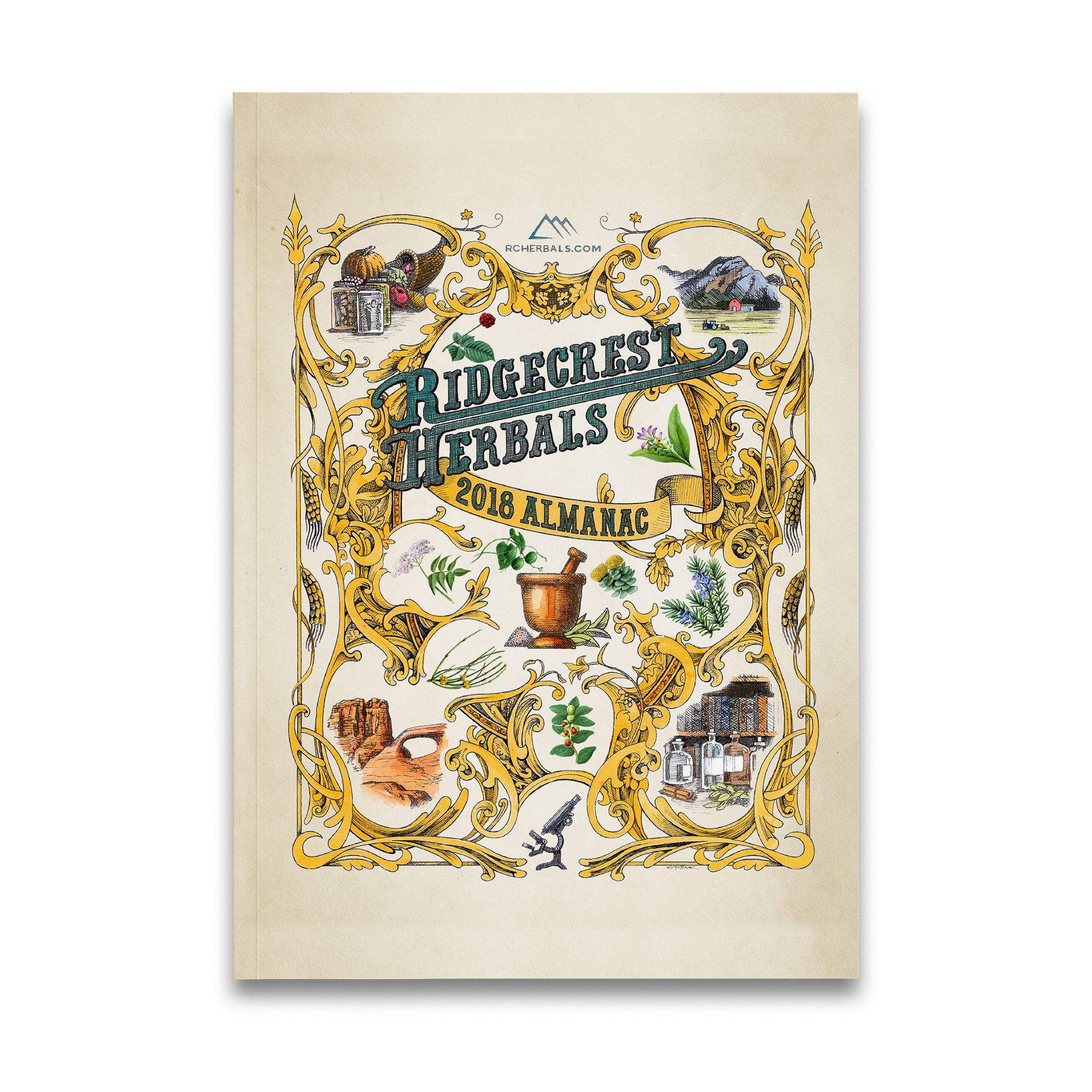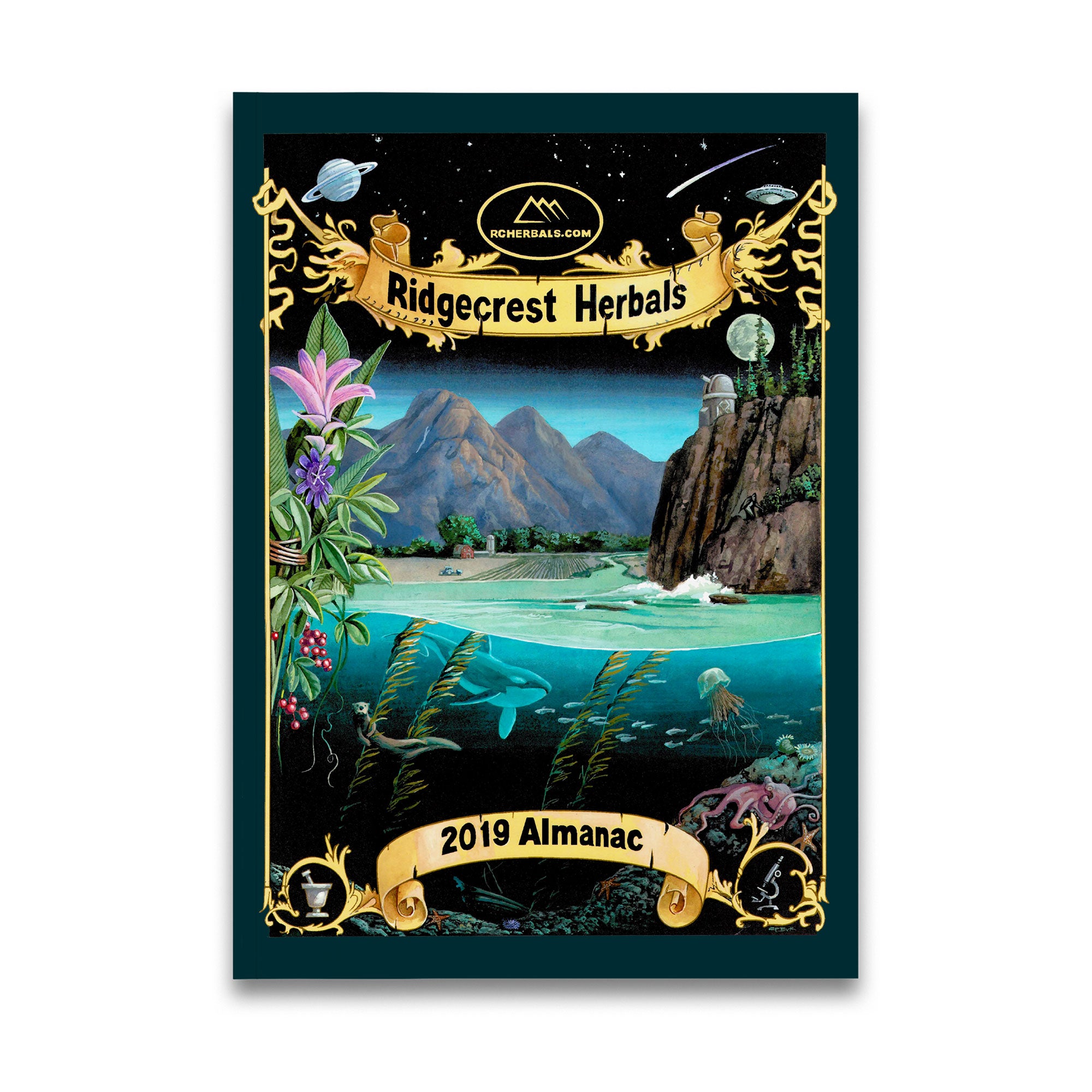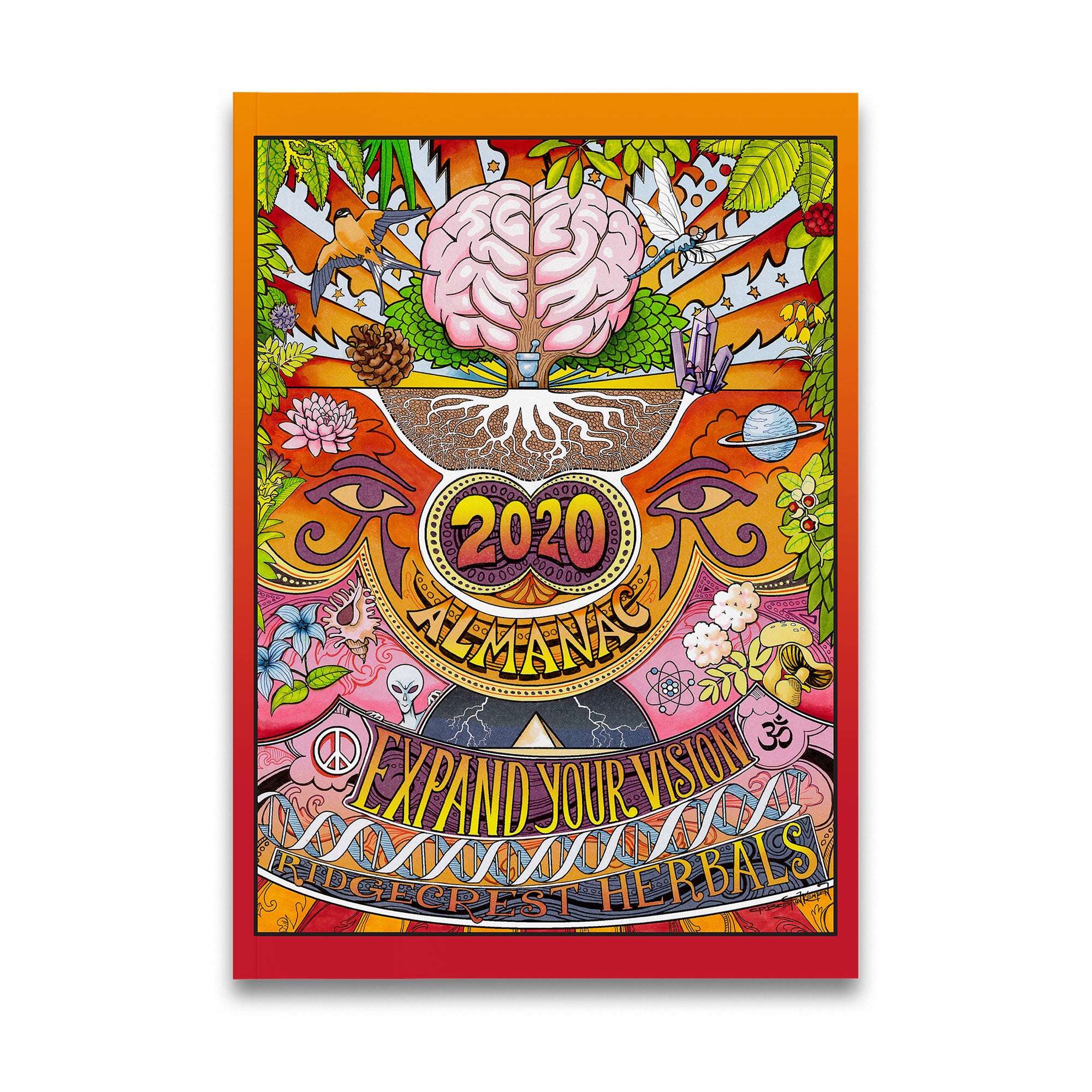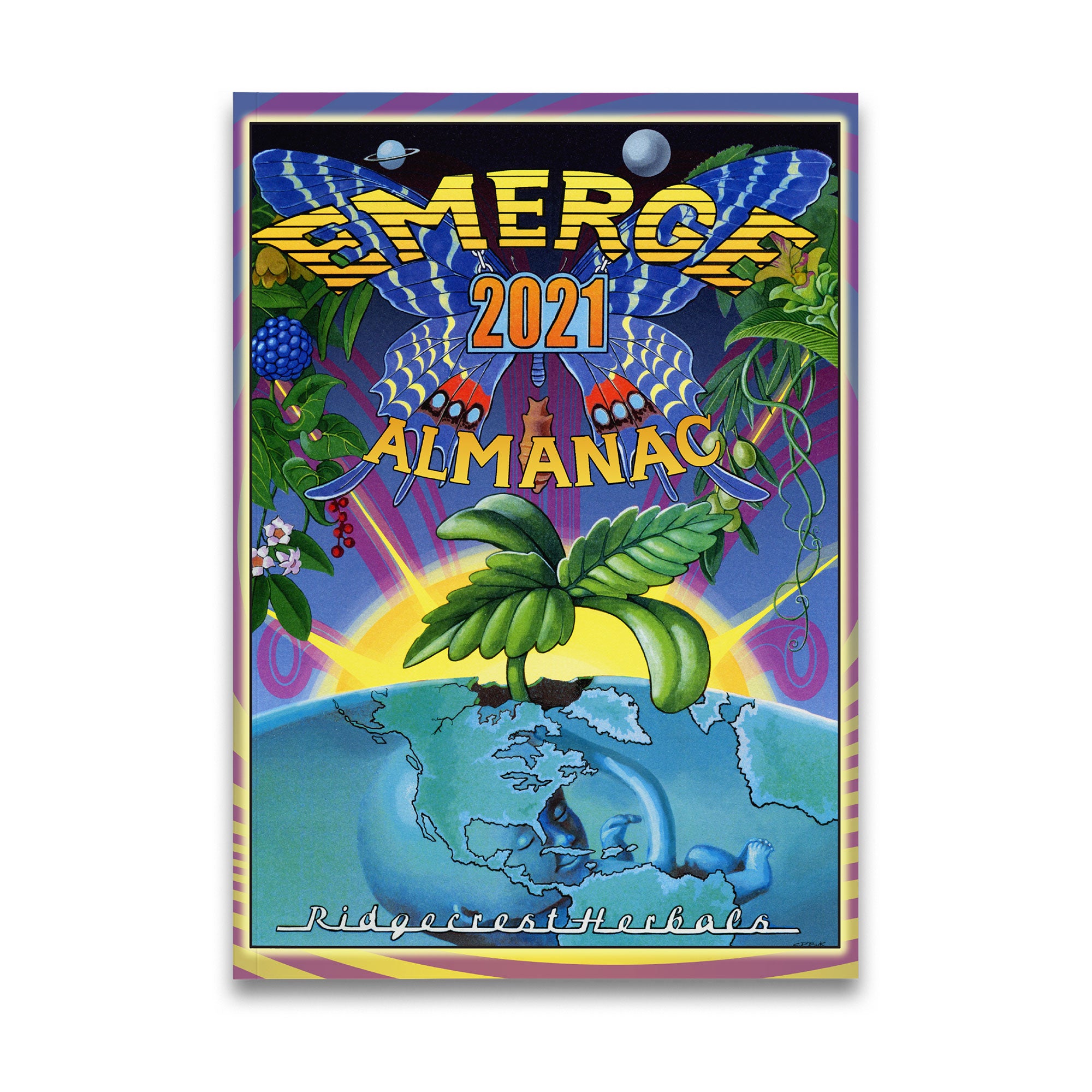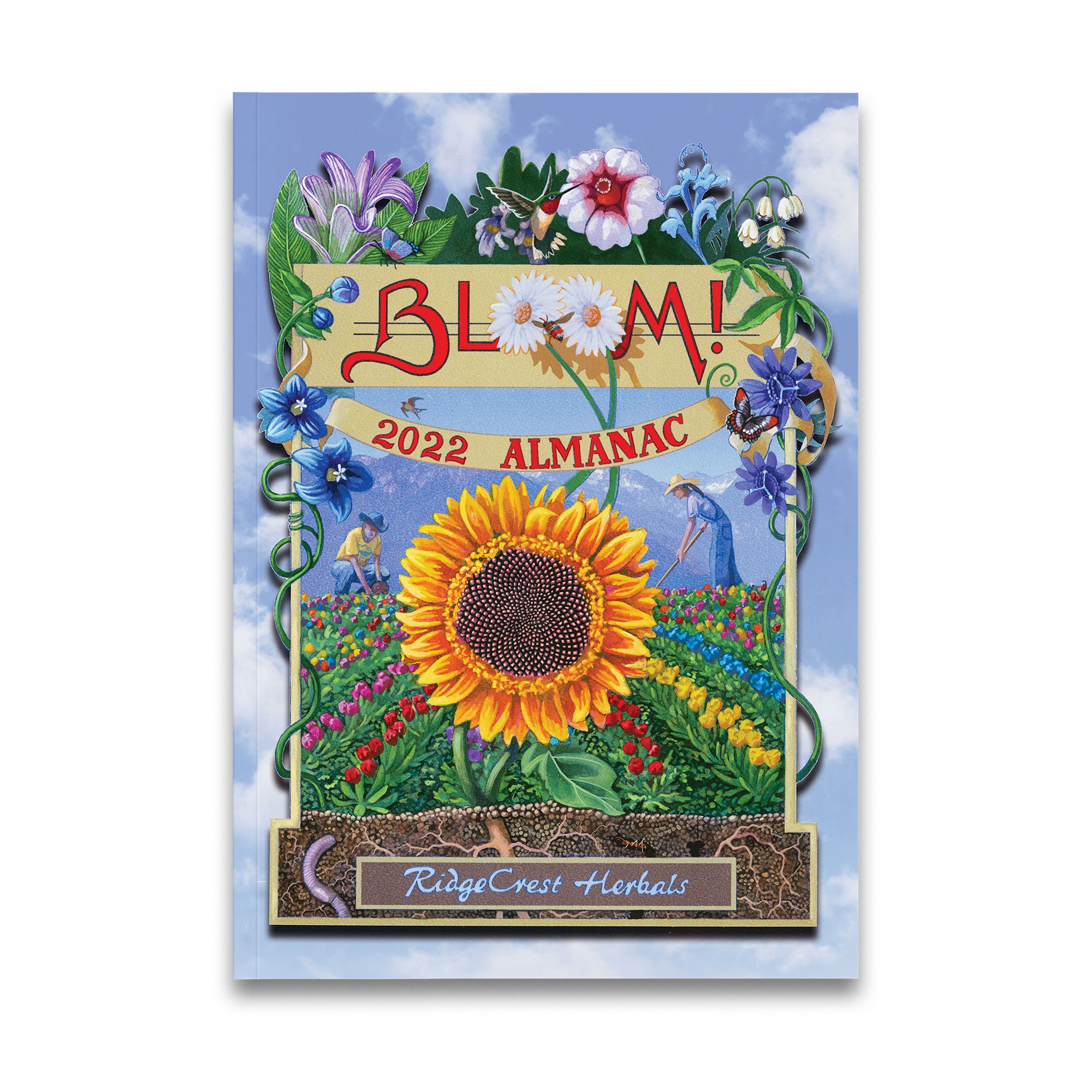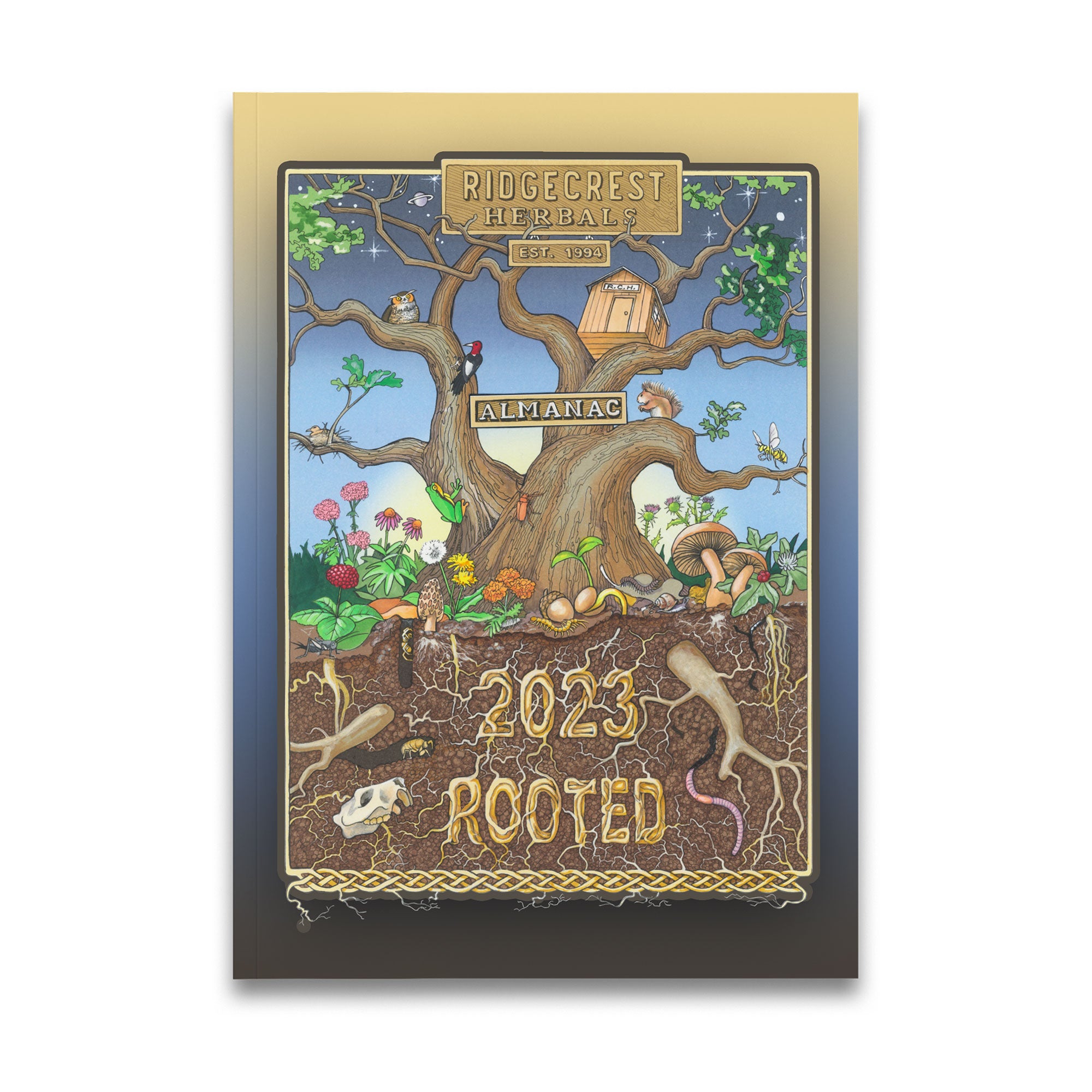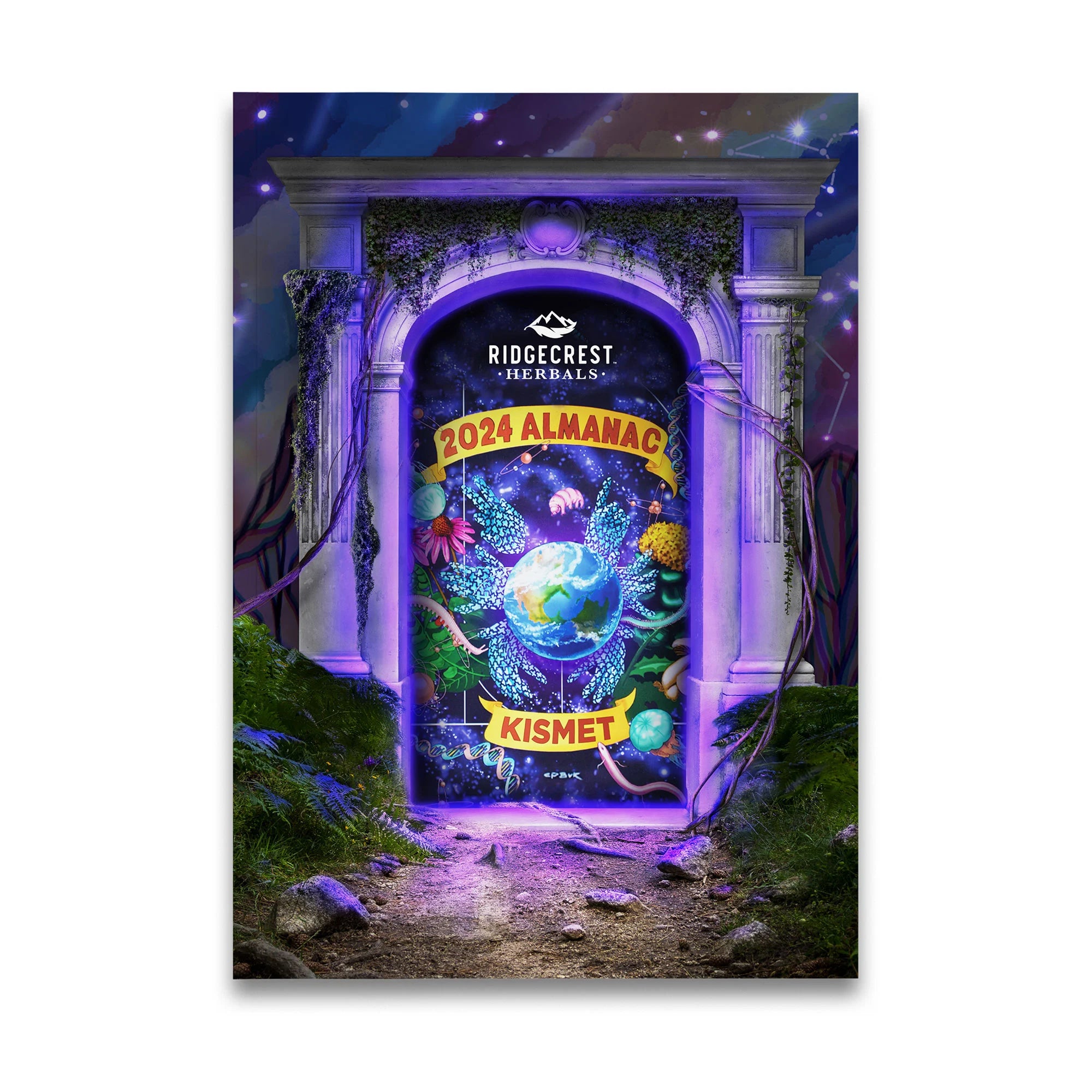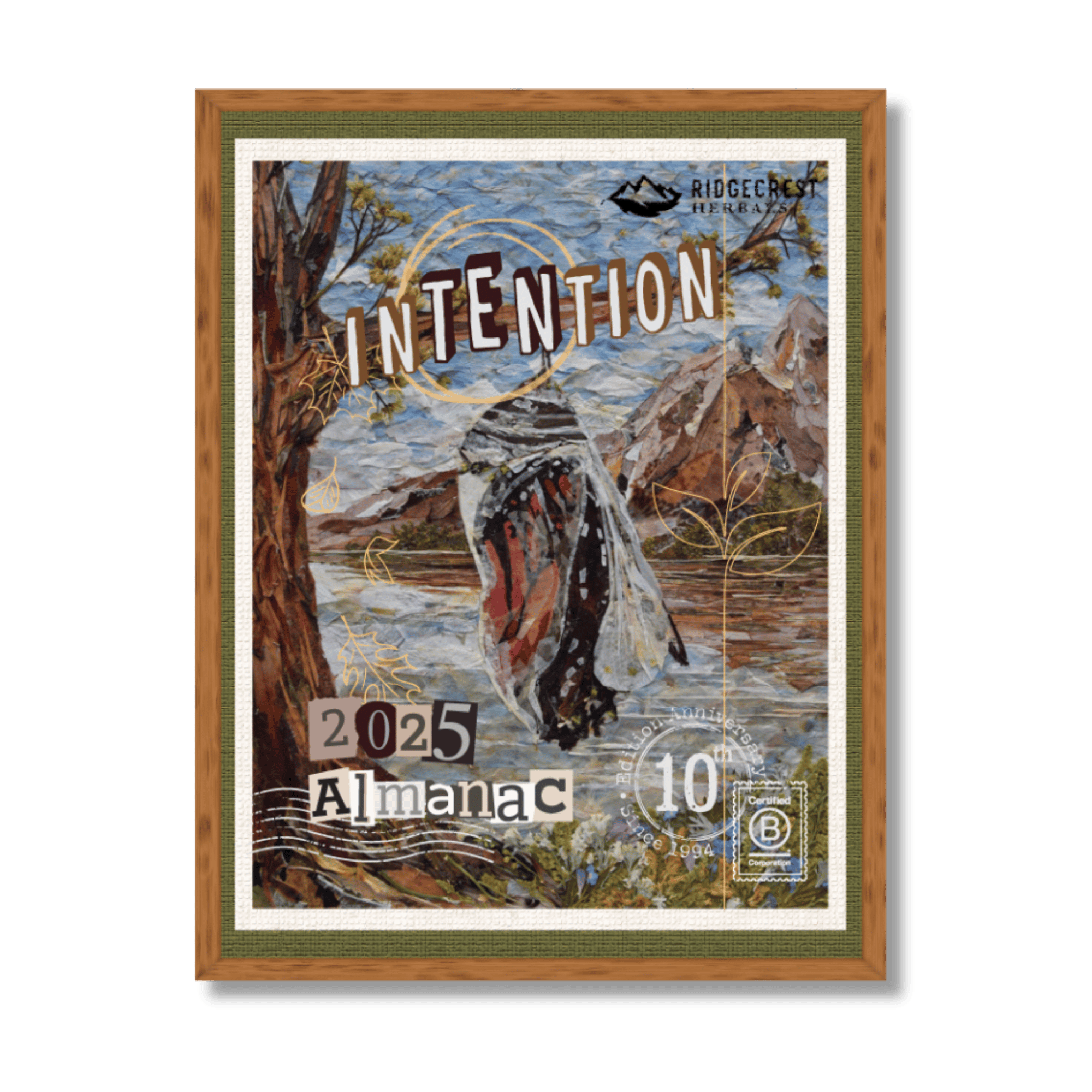What is the Wheel of the Year?
The Wheel of the Year as we know it today originated in the 1950s. Gerald Gardner, the founder of Wicca, and Ross Nichols, the creator of Modern Druidry Revival and The Order of Bards Ovates and Druids, worked together to develop a modern cycle of seasonal festivities and rituals. The modern Wheel of the Year is based on historical and archaeological evidence, which suggests ancient pagan and polytheist peoples practiced traditions and rituals following the changing cycles. For example, Anglo-Saxons celebrated the solstices and equinoxes, while Celts celebrated the seasonal divisions with various fire festivals. You can find similar celebrations in cultures worldwide.
The Wheel of the Year represents the cycle of the yearly seasons, with eight festivals that mark times of change. Many modern nature-based spiritual traditions have adapted these celebrations from customs from Romans, ancient Greeks, Germanic cultures of northern Europe, and the Celts. The eight festivals include four harvest celebrations, as well as solar events, solstices, and equinoxes.
These holidays, or sabbats as they are sometimes called, shift slightly from year to year. They are generally every six weeks with three or so days to celebrate. This is my favorite part of working with the Wheel of the Year. There is always a way to connect to the Earth and celebrate change as we flow from season to season.
It’s important to understand that you can personalize the Wheel of the Year to your own connections. It tends to be more meaningful when applied to you, your ancestors, and your ecosystem.
The sabbats center mainly around honoring and celebrating different aspects of life on Earth, cycles of life/death/rebirth, balance/imbalance, and dark/light. None can exist without the other, and our lives and years ebb and flow of each. I’ll include all the sabbats' known names and their themes:
SAMHAIN – the Final Harvest: Oct. 30 - Nov.1 (NH) – Known modernly as Halloween. It’s the Celtic or Witch’s New Year’s Eve. The Earth shifts to dark and cold. Fall is over, winter has set in, and it’s time to finalize any last-minute harvesting and preparations. Traditionally, the day is spent connecting with ancestors and looking inward at goals and motivations. It's time to let go of limiting beliefs or habits and set intentions for the next turning of the wheel.
YULE – Winter Solstice: Dec. 19-23 (NH) – Is the celebration of the first sparks of the returning light. The sun begins a new cycle of rebalancing the days. It’s a sabbat that centers around new hopes for the future and giving gratitude for relationships and gifts you already have.
IMBOLC –The First fertility festival: Feb. 1-3 (NH) – Also known as Candlemas. This day is centered around giving thanks for the increasing light and celebrating that all fertility and abundance begin in the dark (of the womb, soil, or thought). The word Imbolc means “in the belly” as all life is essentially pregnant or expectant. At this time we start “planting” the intentions and goals for the new cycle.
OSTARA – Spring Equinox and second Fertility Festival: Mar. 19-21 (NH) – The sabbat of renewal, abundance, and welcoming of spring. The ancient roots of Ostara are where the fertility symbols of rabbits and eggs came from, which are now associated with Easter. Even the name Easter came from the Anglo-Saxon Goddess of the spring, Eostre. This is an excellent time for gardening, cleaning, and preparing the home for all the spring activities!
BELTANE – Final Fertility Festival: April 30-May 1 (NH) – Also known as Mayday. It is the marker of the beginning of Summer, a time when feminine and masculine energies are balanced and united. It’s time to bring ideas, intentions, and goals into action! We celebrate by joining with our community, having dances, and feasting.
LITHA – Summer Solstice: June 19-22 – A Celebration of the year's longest day. The sun is at its full power! We take time to thank the sun’s power and ability to grow life on our planet. We celebrate by spending time outdoors, giving back to nature, and eating seasonal fruits and vegetables.
LUGHNASADH – First Harvest Festival: Aug 1-3 (NH)– Also known as Lammas. This Sabbat marks the transition from summer to fall. It’s a time to give thanks for all the growth that has occurred so far and appreciate the warmth and light that is still to come.
MABON – Fall Equinox and Second Harvest Festival: Sept. 20-23 (NH) – This is the traditional time to harvest all fruits and vegetables of the season and prepare them for the winter ahead. During this sabbat, we celebrate our harvest with a feast of gratitude for the abundance of the season as well as thanks for our family, friends, and personal achievements.


